Pastel Pencils are perfect for various styles, from loose drawings to finer details or linear drawings. It's all in the way you hold your pencil combined with the way you sharpen & maintain it!
'Value' is a color characteristic that describes the lightness or darkness of a color relative to its surroundings. It also depicts volume or creates the illusion of a three-dimensional object on a two-dimensional surface in a drawing without color.
 |
| Color as Value |

Tint, Tone, & Shade
TONE is a single-color or color swatch with an individual combination of color characteristics. Each has a unique combination of hue (color), value (light or dark), intensity (brightness or dullness), and temperature (cool or warm). Note that tone is sometimes defined as any color or hue mixed with gray. In charcoal or pencil drawings, there are only gray tones.
 |
| The Vocabulary of Value |
SHADE is created from any tone with the addition of black or dark (in a drawing, it would be a darker mark or darker pencil). TINT is any tone mixed with white (in drawing, it would be the lighter marks or the paper's white).
Students learning to draw are taught to master the color characteristic of value in charcoal or graphite before adding the color characteristic of hue or color. Drawing in achromatic or with 'no color' simplifies the complexity into gray, black, and white, so the relationship of the lights and darks may be established to manipulate a pattern or to create the illusion of realism.

Value Scale
A 'VALUE SCALE' or measuring device is used to help determine a single tone's lightness or darkness. The human eye can distinguish many values, but it is generally only necessary to represent 9 in the 2D visual arts. Next to other tones in context, a value scale has a TONAL RELATIONSHIP. Each tone relates to another, getting darker or lighter in equal increments. A complex scale may contain as many as nine to eleven distinct tones. Any scale can be simplified into six, five, or even three tones.

|
| Value Scale or Gradation with 11 tones |
Mixing colors with white may dull the color intensity. However, don't confuse brightness with lightness. Intensity is the brightness or dullness of a tone. Value is the lightness or darkness of a tone relative to its surroundings.

The Contrast Effect
Value is relative to its surroundings and can be deceiving. The horizontal strip of gray is the same tone across the background of tonal relationships.

|
| The Contrast Effect |
A single tone induces lightness or darkness upon other adjacent tones and is mutually affected in return. It creates an optical illusion called the 'CONTRAST EFFECT.' Even though the middle strip of grey is one single tone, it appears lighter on the dark side and darker on the light side.

Natural Value
Hue affects the value of a single tone. Before being mixed with other colors, pigments straight out of the tube are at their highest intensity or chroma and have a pre-existing value. It is called a 'NATURAL VALUE,' apparent when placed next to different colors.
For example, yellow is generally lighter than other hues on the color wheel. Only a few colors can be mixed to make it lighter. Purple or Violet is generally on the dark side compared to other colors. As shown below, Orange, green, red, and blue are usually somewhere in the middle.
 |
| Every hue already has a natural value. |
|
Follow Christy Olsen on her instructional blog at christyolsen.blogspot.com or visit her website at ChristyOlsen.com |
